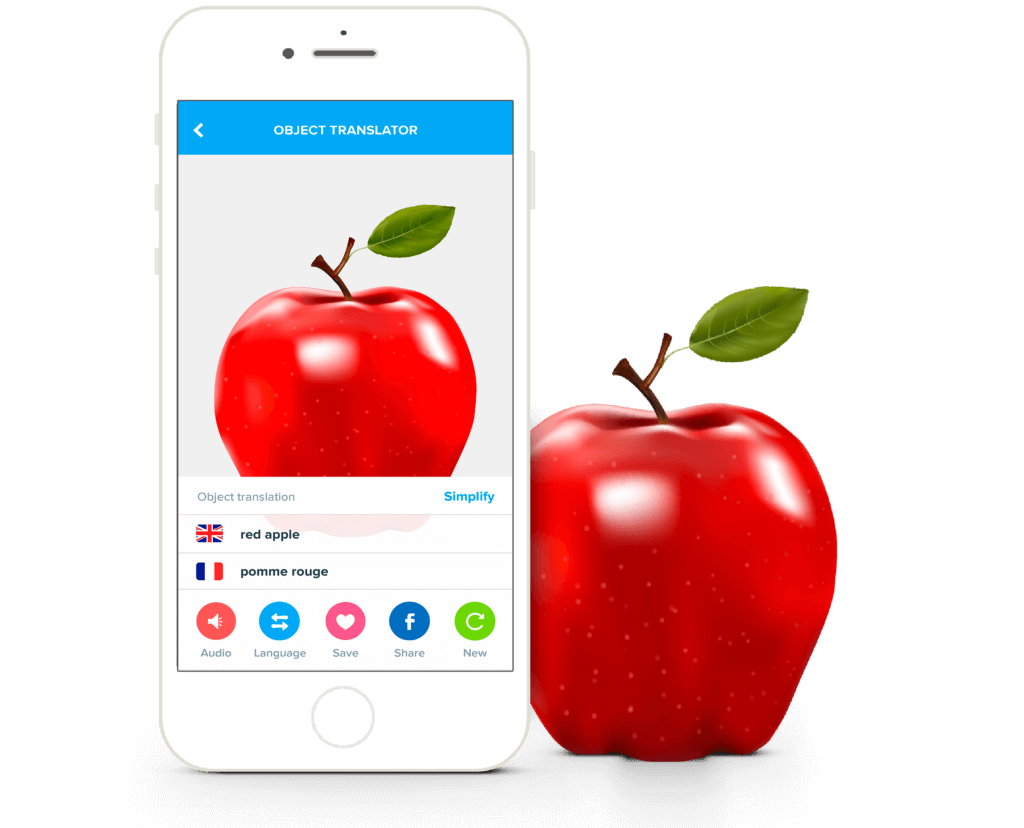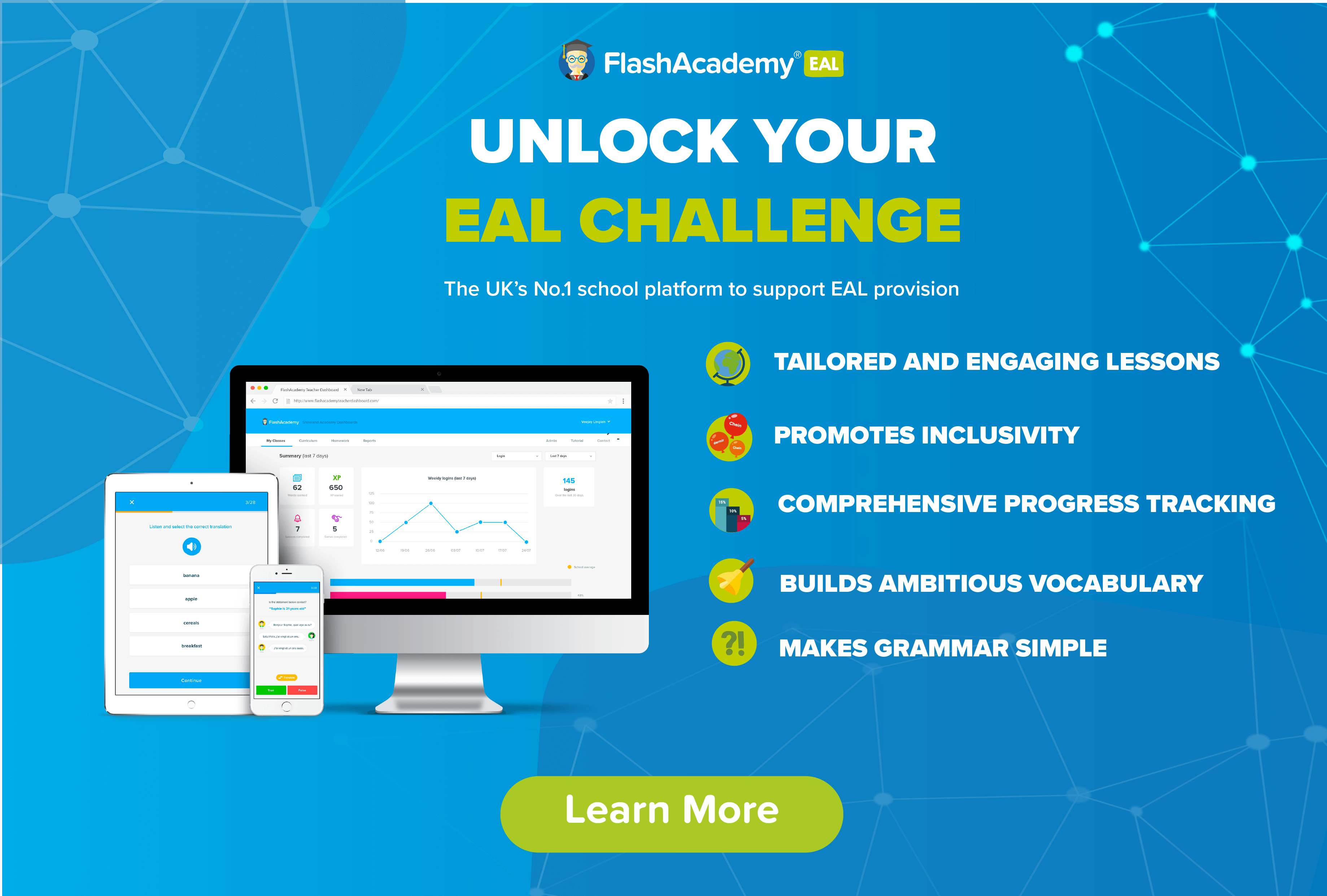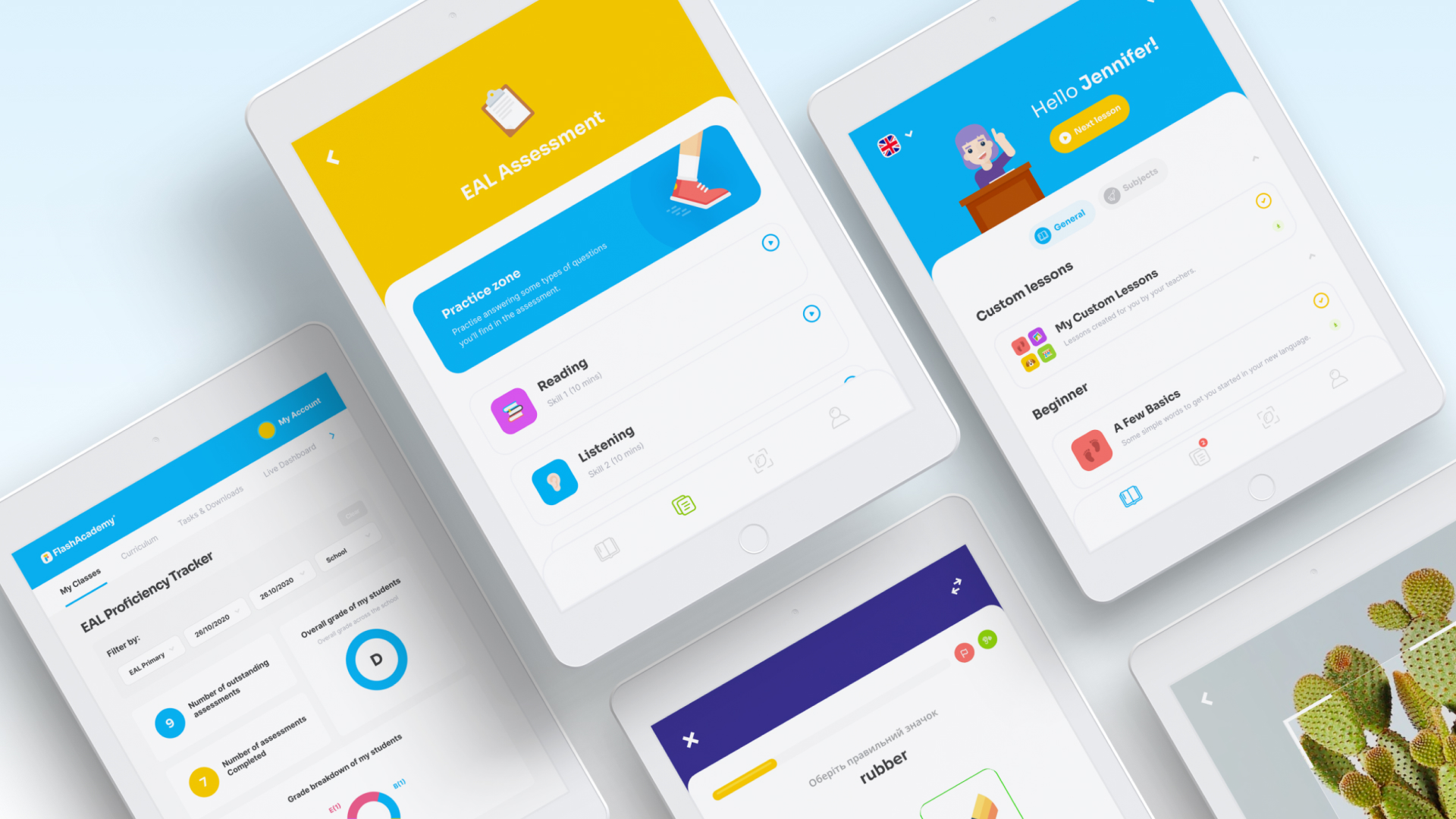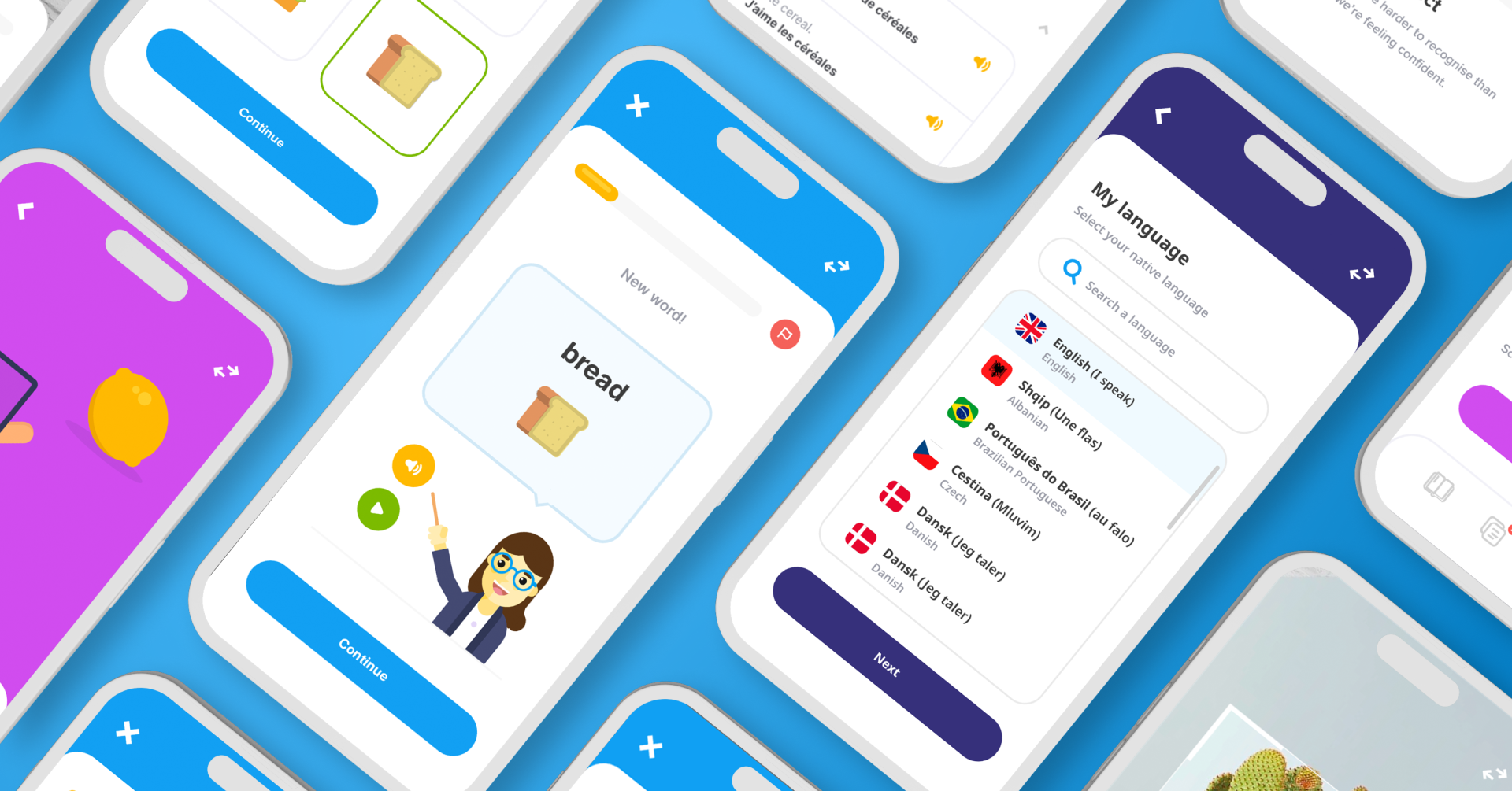

Struggling for ideas on how to create a multisensory experience for EAL students? Look no further than the FlashAcademy® Object Translator! This unique tool, found within the FlashAcademy® app under ‘Translate’, works by taking a photo of an object and instantly translating that object into a choice of 59 different languages.
Below are some suggestions on how you can implement this brilliant tool across the curriculum in a comprehensive yet creative way. We also look at how the feature works for different aspects of school life for all students.

On a School Tour
Our first recommendation comes from teachers, where the Object Translator can provide vital knowledge to new EAL pupils on school tours. Pupils can set the Object Translator into their home language and then accompany a teacher on a tour of the school, photographing and understanding important objects in their home language (and in English if necessary). This is especially important for recognising fire alarms and extinguishers and understanding safety procedures.
In Science Labs and Technology Classrooms
For both EAL and non-EAL students, the names of new equipment and machinery can be learned through using the Object Translator. Each student can be given a worksheet with images of the different objects; they then go around the classroom in pairs or small groups to discover their names, such as ‘conical flask’ and ‘coping saw’. It’s great to follow this up with a recap because the Object Translator may not always provide the detail required for the class.
In PSHE classes
During PSHE lessons or an interactive assembly, groups of EAL and non-EAL students can be given a scavenger hunt using a list of words in a language that no student in the class speaks. Students must photograph objects around the classroom to discover what the words on the list are referring to. They can then discuss the difficulties of being in a country and not knowing the language, with EAL students sharing their experiences if they feel comfortable. This can be part of a greater School of Sanctuary project to help students understand the difficulties of seeking sanctuary. All non-EAL students can also consider challenges their EAL peers might face.
In English classes
In English lessons, pupils can use the Object Translator to become detectives! The Object Translator provides a range of different adjectives to describe each object. Through taking photos of different objects, students can discover the order in which adjectives appear in English and why ‘big, red dog’ sounds correct but ‘red, big dog’ does not.
The Object Translator can also be a starter activity to an English class on different types of nouns, as students find it challenging to bring up abstract nouns such as ‘friendship’ on the app.
In MFL classes
This activity helps to improve conversation in the classroom through a short game which helps pupils to use descriptive vocabulary. The students are in pairs, one labelled A and the other B. Student A chooses an item from within the classroom and starts describing it in the target language. Once student B has decided what the object is, they must photograph the object and ask (in the target language) if the photographed object is the one they were describing. If student B is correct, they will start describing another object in the room and student A has to guess by taking photos with the Object Translator.
In Form Time
As a weekly form challenge, all students can be tasked with finding the most interesting new word by taking photos of unusual objects in the world around them. The most interesting new word wins a prize.
Check out our resource which uses the Object Translator to celebrate language diversity, looking at Māori and Tajik. If you have used the Object Translator in other ways, we’d love to hear how it was beneficial to you in the comments below or email us at team@flashacademy.com as we love sharing ideas across the community!




